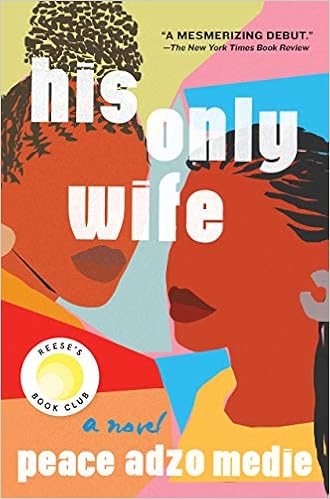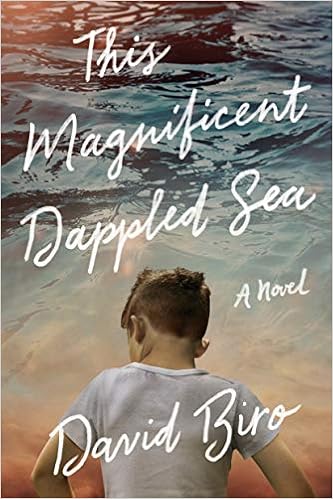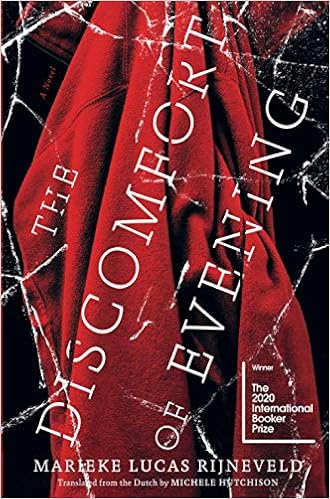Best Canadian Fiction
Small Game Hunting at the Local Coward Gun Club by Megan Gail
Coles: https://schatjesshelves.blogspot.com/2020/03/review-of-small-game-hunting-at-local.html
How a Woman Becomes a Lake by Marjorie Celona: https://schatjesshelves.blogspot.com/2020/05/review-of-how-woman-becomes-lake-by.html
The Pull of the Stars by Emma Donoghue: https://schatjesshelves.blogspot.com/2020/08/review-of-pull-of-stars-by-emma-donoghue.html
Forest Green by Kate Pullinger: https://schatjesshelves.blogspot.com/2020/08/review-of-forest-green-by-kate.html
Best American Fiction
Disappearing Earth by Julia Phillips: https://schatjesshelves.blogspot.com/2020/01/review-of-disappearing-earth-by-julia.html
Courting Mr. Lincoln by Louis Bayard: https://schatjesshelves.blogspot.com/2020/02/review-of-courting-mr-lincoln-new.html
The Dutch House by Ann Patchett: https://schatjesshelves.blogspot.com/2020/06/review-of-dutch-house-by-ann-patchett.html
The Beauty of Your Face by Sahar Mustafah: https://schatjesshelves.blogspot.com/2020/08/review-of-beauty-of-your-face-by-sahar.html
Redhead by the Side of the Road by Anne Tyler: https://schatjesshelves.blogspot.com/2020/09/review-of-redhead-by-side-of-road-by.html
The End of the Day by Bill Clegg: https://schatjesshelves.blogspot.com/2020/09/review-of-end-of-day-by-bill-clegg-new.html
Jack by Marilynne Robinson: https://schatjesshelves.blogspot.com/2020/10/review-of-jack-by-marilynne-robinson.html
Best Fiction from the United Kingdom
A Thousand Moons by Sebastian Barry: https://schatjesshelves.blogspot.com/2020/06/review-of-thousand-moons-by-sebastian.html
Love by Roddy Doyle: https://schatjesshelves.blogspot.com/2020/06/review-of-love-by-roddy-doyle-new.html
Judith and Hamnet by Maggie O’Farrell: https://schatjesshelves.blogspot.com/2020/07/review-of-hamnet-and-judith-by-maggie.html
Here We Are by Graham Swift: https://schatjesshelves.blogspot.com/2020/09/review-of-here-we-are-by-graham-swift.html
Snow by John Banville: https://schatjesshelves.blogspot.com/2020/10/review-of-snow-by-john-banville-new.html
Shuggie Bain by Douglas Stuart: https://schatjesshelves.blogspot.com/2020/10/review-of-shuggie-bain-by-douglas-stuart.html
Big Girl, Small Town by Michelle Gallen: https://schatjesshelves.blogspot.com/2020/12/review-of-big-girl-small-town-by.html
Best International Fiction
Djinn Patrol on the Purple Line by Deepa Anappara: https://schatjesshelves.blogspot.com/2020/02/review-of-djinn-patrol-on-purple-line.html
The Mystery of Henri Pick by David Foenkinos: https://schatjesshelves.blogspot.com/2020/09/review-of-mystery-of-henri-pick-by.html
Fresh Water for Flowers by Valérie Perrin: https://schatjesshelves.blogspot.com/2020/11/review-of-fresh-water-for-flowers-by.html
*********************************************************************************************************************
*I did read some books published prior to 2019 and of those, I’d
recommend the following:
Ghost Wall by Sarah Moss:
https://schatjesshelves.blogspot.com/2020/11/review-of-ghost-wall-by-sarah-moss.html
A Gentleman in Moscow by Amor Towles: https://schatjesshelves.blogspot.com/2020/05/review-of-gentleman-in-moscow-by-amor.html
The Song of Achilles by Madeline Miller: https://schatjesshelves.blogspot.com/2020/05/review-of-song-of-achilles-by-madeline.html
The Trout by Peter Cunningham: https://schatjesshelves.blogspot.com/2020/03/review-of-trout-by-peter-cunningham.html







